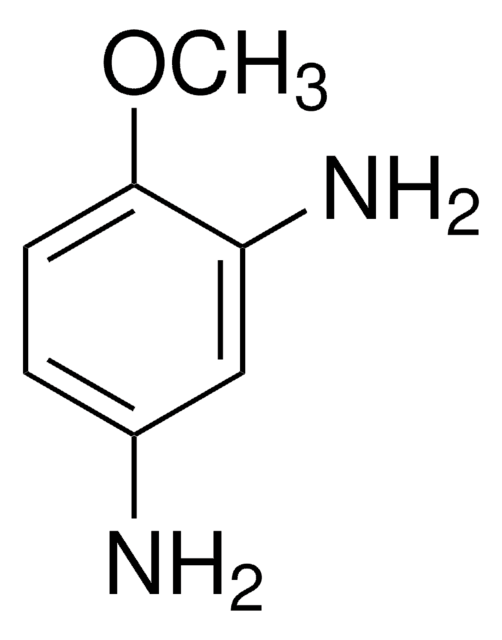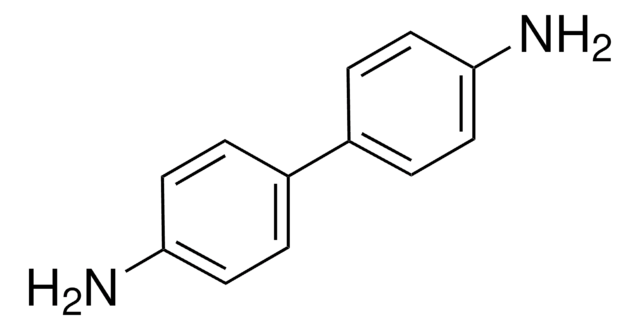A2898
4-Aminobiphenyl
≥98%
Synonym(e):
4-Aminodiphenyl, 4-Biphenylamin, 4-Biphenylylamin, 4-Phenyl-anilin, Biphenyl-4-ylamin, NSC 7660, Xenylamin
About This Item
Empfohlene Produkte
Assay
≥98%
Form
solid
Selbstzündungstemp.
842 °F
bp
191 °C/15 mmHg (lit.)
mp (Schmelzpunkt)
52-54 °C (lit.)
SMILES String
Nc1ccc(cc1)-c2ccccc2
InChI
1S/C12H11N/c13-12-8-6-11(7-9-12)10-4-2-1-3-5-10/h1-9H,13H2
InChIKey
DMVOXQPQNTYEKQ-UHFFFAOYSA-N
Angaben zum Gen
human ... UGT1A4(54657)
Suchen Sie nach ähnlichen Produkten? Aufrufen Leitfaden zum Produktvergleich
Anwendung
- Induces DNA damage (carcinogen) in human bladder carcinoma cells and bladder tissue in mouse
- Synthetic amine ligand for enrichment, depletion and one-step purification of leech proteins
Biochem./physiol. Wirkung
Signalwort
Danger
H-Sätze
Gefahreneinstufungen
Acute Tox. 4 Oral - Carc. 1A
Lagerklassenschlüssel
6.1C - Combustible acute toxic Cat.3 / toxic compounds or compounds which causing chronic effects
WGK
WGK 3
Flammpunkt (°F)
235.4 °F - closed cup
Flammpunkt (°C)
113 °C - closed cup
Persönliche Schutzausrüstung
Eyeshields, Faceshields, Gloves, type P3 (EN 143) respirator cartridges
Hier finden Sie alle aktuellen Versionen:
Besitzen Sie dieses Produkt bereits?
In der Dokumentenbibliothek finden Sie die Dokumentation zu den Produkten, die Sie kürzlich erworben haben.
Artikel
Carcinogenesis and Epigenetics
Protokolle
US EPA Method 8270 (Appendix IX): GC Analysis of Semivolatiles on Equity®-5 (30 m x 0.25 mm I.D., 0.50 μm)
Unser Team von Wissenschaftlern verfügt über Erfahrung in allen Forschungsbereichen einschließlich Life Science, Materialwissenschaften, chemischer Synthese, Chromatographie, Analytik und vielen mehr..
Setzen Sie sich mit dem technischen Dienst in Verbindung.







![Benzo[a]pyren ≥96% (HPLC)](/deepweb/assets/sigmaaldrich/product/structures/253/820/be96d879-1811-46c0-8f11-612019691c2d/640/be96d879-1811-46c0-8f11-612019691c2d.png)

